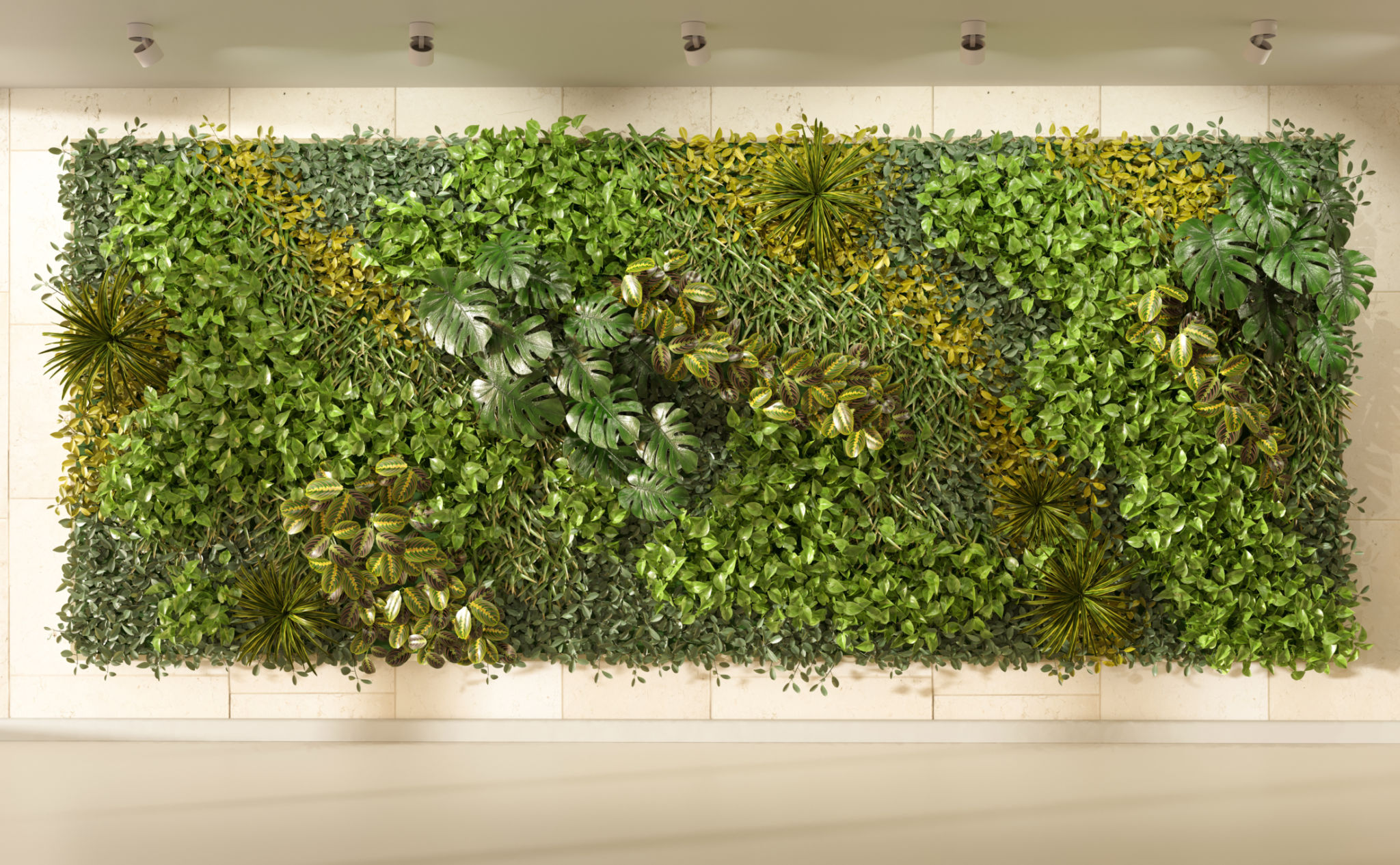Case Study: Transforming a Small Hamilton Backyard into a Green Oasis
Overview of the Project
In the bustling city of Hamilton, many homeowners dream of transforming their small backyards into serene retreats. One such ambitious project turned a modest 200-square-foot space into a lush green oasis. This case study delves into the remarkable transformation, highlighting the challenges faced and the creative solutions implemented.

Understanding the Client's Vision
The homeowners, a young couple with a passion for gardening, envisioned a vibrant backyard with diverse plant life and a peaceful area for relaxation. Their primary goals included creating a sustainable garden, maximizing space, and incorporating elements that would encourage outdoor living.
To bring their vision to life, the design team collaborated closely with the clients to understand their preferences. This initial phase involved discussing plant choices, layout options, and potential features like water elements or seating areas.
Design Challenges and Solutions
One of the significant challenges was the limited space, which required innovative design solutions to achieve the desired outcome. The team addressed this by implementing vertical gardening techniques and selecting multifunctional furniture to optimize space usage.

Additionally, the homeowners expressed a desire for privacy from neighboring properties. The design included strategically placed tall plants and lattices to create natural barriers, providing a sense of seclusion without compromising on aesthetics.
Incorporating Sustainable Practices
Sustainability was at the forefront of this project. The team selected native plants that thrive in Hamilton's climate, reducing the need for excessive watering and maintenance. Moreover, they installed a rainwater collection system to support irrigation needs naturally.
Composting was introduced as a way to manage organic waste efficiently. This not only contributed to the garden's health but also aligned with the couple's eco-friendly lifestyle goals.

The Final Transformation
The completed backyard was a testament to thoughtful design and meticulous execution. A small pond added a soothing water element, attracting local wildlife and enhancing biodiversity. Comfortable seating areas were artfully integrated, providing perfect spots for relaxation and entertaining guests.
The use of layered planting created visual interest and depth, giving the illusion of a much larger space. Varied textures and colors from different plant species added vibrancy and life to the garden, making it a truly enchanting environment.
Impact on Lifestyle
The transformation significantly impacted the homeowners' lifestyle. They now enjoy spending time outdoors more frequently, whether it's tending to their plants or hosting friends for intimate gatherings. The backyard has become a cherished extension of their home, offering a peaceful escape from city life.

Conclusion: Key Takeaways
This case study highlights several key takeaways for anyone looking to convert a small outdoor area into a personal haven:
- Maximize vertical spaces to enhance greenery without occupying too much ground space.
- Choose native plants to promote sustainability and reduce maintenance.
- Incorporate multifunctional elements to make the most of limited areas.
- Create privacy naturally using plants and structures that blend with the environment.
Through strategic planning and creative thinking, small spaces can be transformed into beautiful green oases that cater to both aesthetic desires and practical needs.
